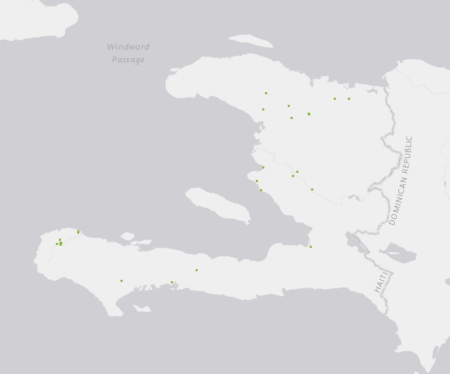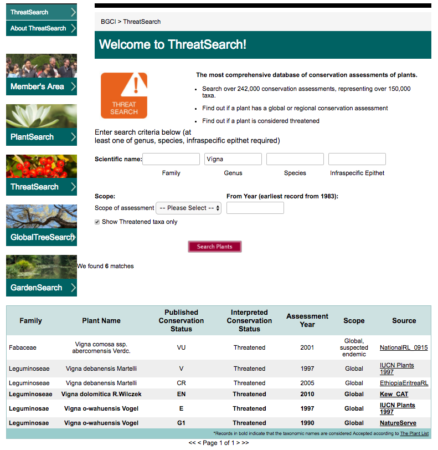Good news for hard-pressed Haitian farmers.
The International Maize and Wheat Improvement Center (CIMMYT) has grown 150 tons of renewed, improved maize seed that will be sent to Haitian farmers to help jump-start the country’s seed sector, improve local food security and decrease malnutrition. This will be the largest seed shipment to any country in CIMMYT’s history.
But are there any maize landraces left in Haiti that this much-needed effort will displace? If so, it will be important to collect them. Genesys lists 78 landraces from the country, most at the genebank of CIMMYT itself, collected thus:

Maybe enough. Maybe not…
